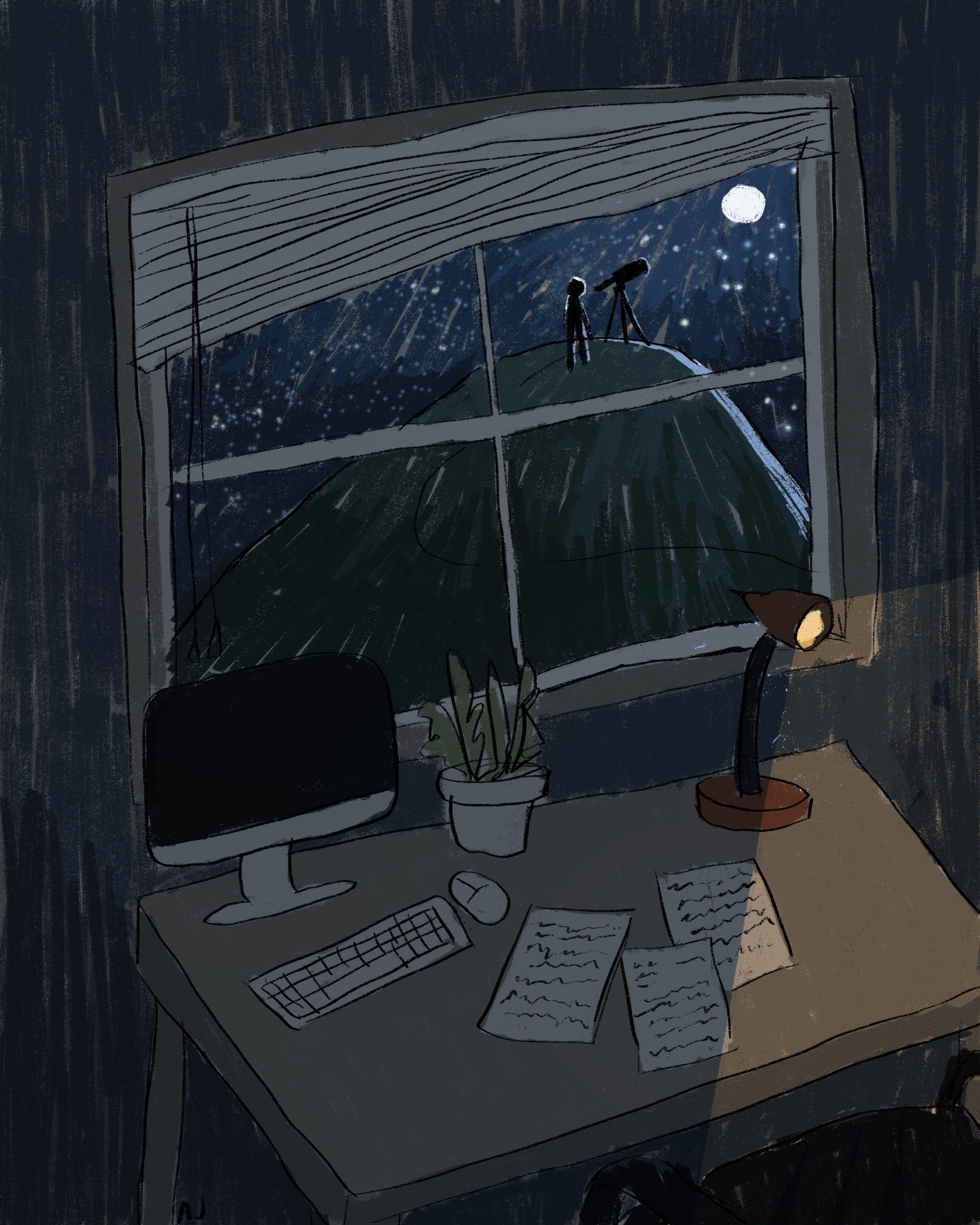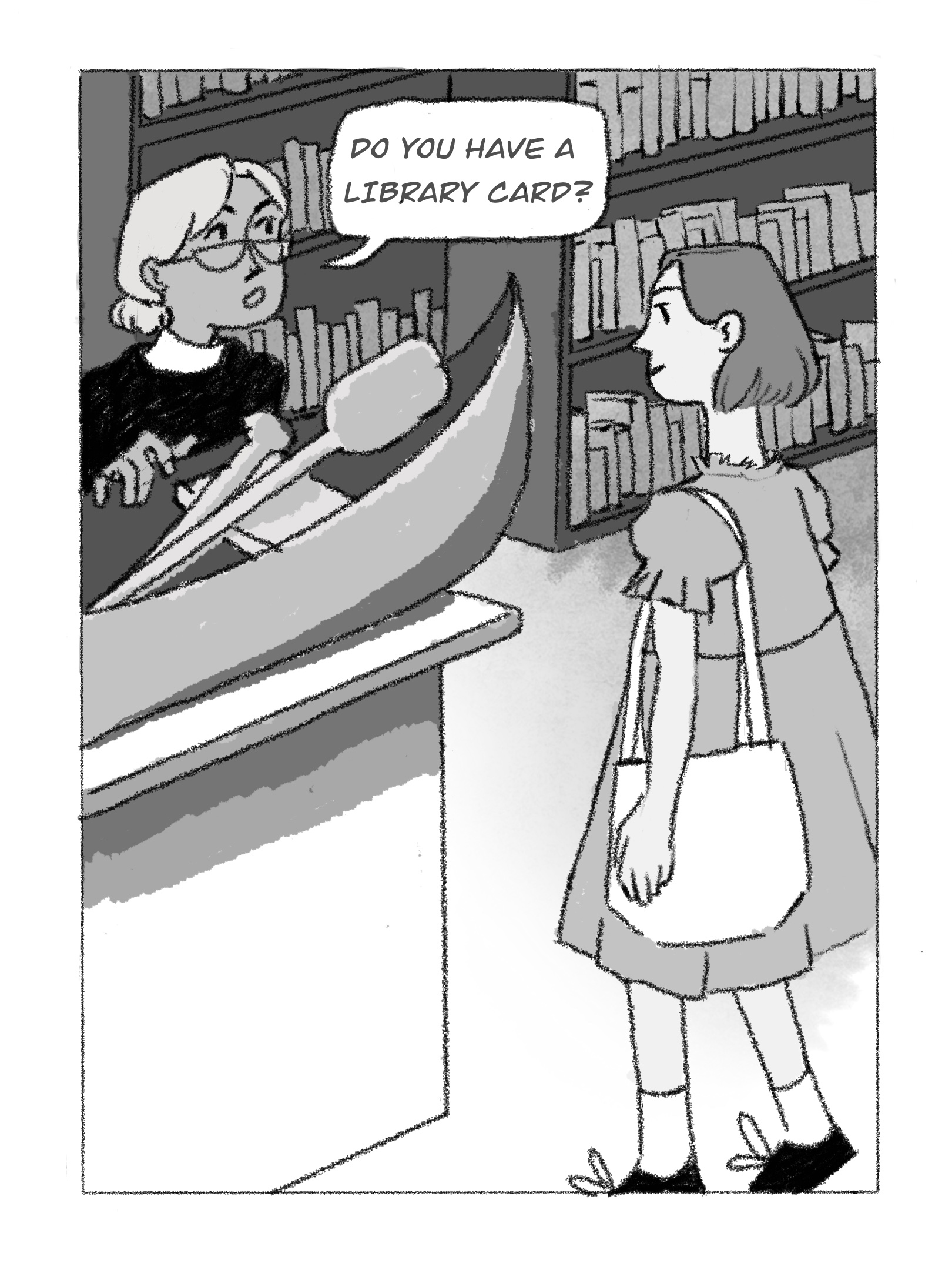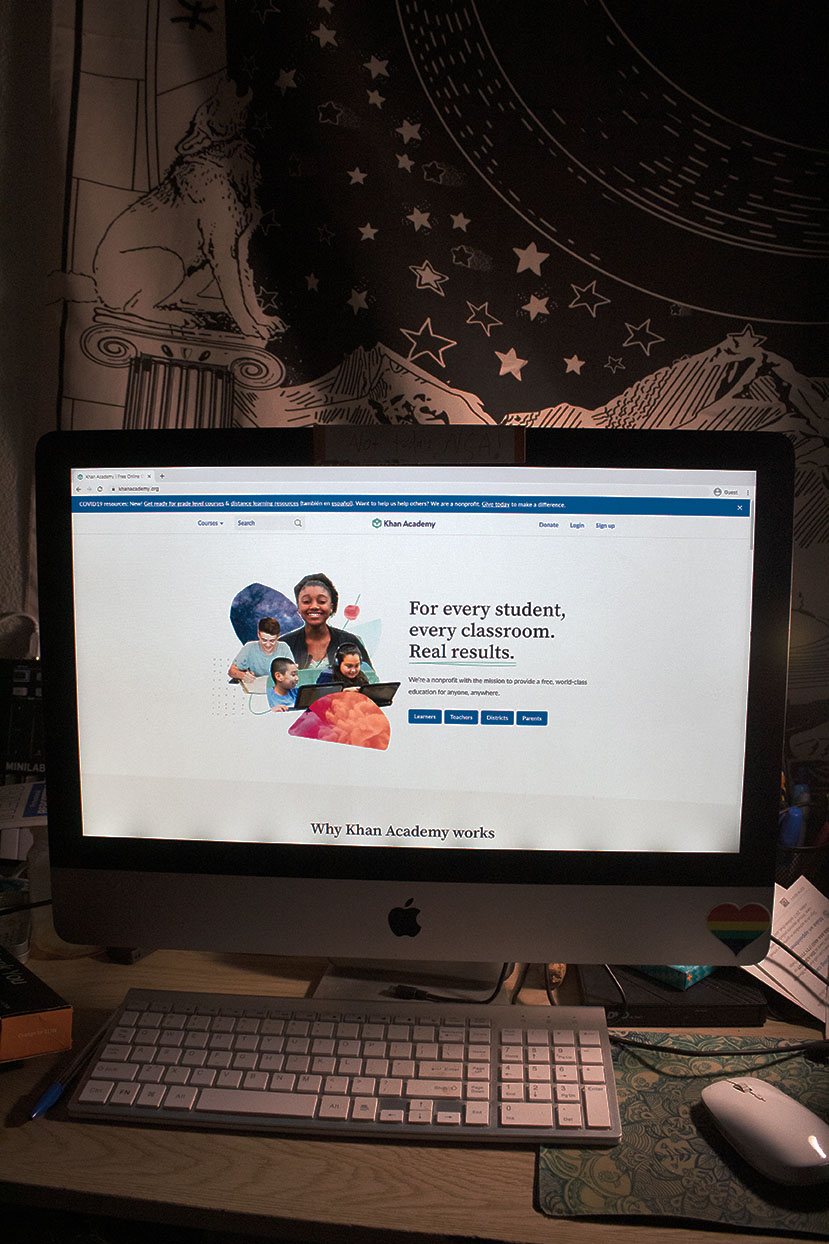
When the sun sets and the night sky rises, a show starts where the celebrities are stars and planets. Any clear night is a perfect time to look up in the sky and be fascinated by the night sky.
With just a naked eye the International Space Station can be seen orbiting Earth at 17,000 MPH with its distinct shape and speed. Neighboring planets in our solar system are seen with ease thanks to the red and yellow hues they produce. On some nights a shooting star or a comet traveling by Earth is captured by the Space Station.
Astronomy is easy to get into with a lot of information posted online by amatuer astronomers and professional astonomers that work at NASA. NASA has a website and a youtube channel where they discuss what you will be able to see each month. They discuss when and where certain planets can be seen, and if a rare event like a meteor shower or a comet can be sighted.
“I would suggest using a computer program like Starry Night or a phone app like Google Sky to begin the process of learning the sky,” said Astronomy professor, John Whitmer. “Then progress to a good pair of binoculars for viewing fainter objects.”
A phone will allow anyone to get a good direction on where to look when looking for planets or a certain star. Telescopes with good optics are expensive and complex to operate for someone just getting into astronomy.
“The telescope I use has very powerful optics and requires a pickup to transport because of its size,” said Ravin Iron, an astronomer based in Colorado. “It’s powerful enough to capture moons transferring across Jupiter”.
Iron said telescopes like these can cost a couple thousands of dollars. She captured the transition of Venus across the sun back in 2012 with her telescope she set up at a public park letting people see the dot travel across the sun.
Just looking up in an area with good visibility of the night sky will allow anyone to see most bright objects in the sky, but to get the best visibility you want to go to a place with little light pollution. In the Spokane area, John Whitmer, Astronomy Instructor at SFCC, recommended Fishtrap Lake just 30 minutes southwest of Spokane.
“This is far enough out of town to eliminate most light pollution, and there is a large public parking area at the lake with low horizons all around,” said Whitmer. “You can easily see the Milky Way from this location, which is difficult to see from the Spokane area.”
SFCC offers Astronomy courses that utilize the planetarium for computer generated demonstrations. In pre-COVID-19 times the planetarium did host educational shows that talked about Black holes, the history of our solar system, and stars of all sizes.



